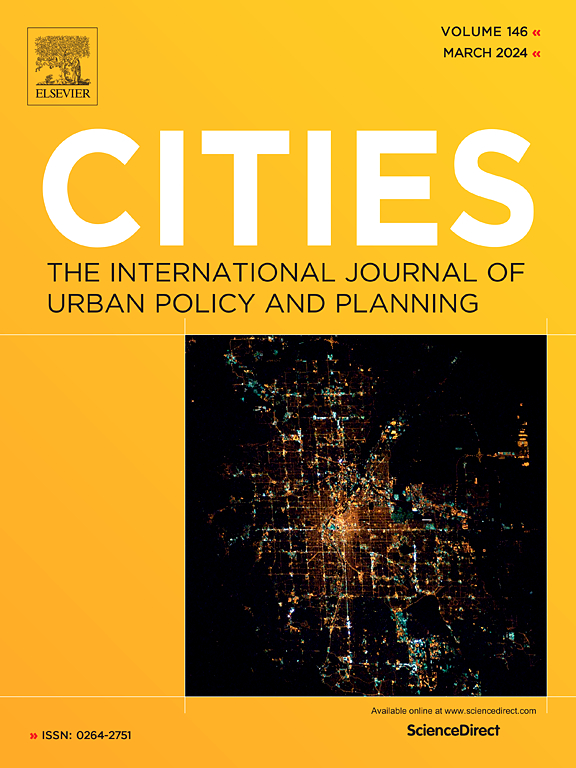Multiuse Cemetery Paradigm: Cemetery as a multifunctional place of social significance – Reshaping a cemetery in the urban space of Eastern Europe
IF 6.6
1区 经济学
Q1 URBAN STUDIES
引用次数: 0
Abstract
In recent years, the notions of European identity, values and heritage have been put on the public agenda. Cemeteries construct ‘European significance’. Eastern Europe is lacking in terms of research and the social use of cemeteries, where these sites are treated as strictly separate ‘gardens of silence’. As cities become denser, green spaces are in danger of decreasing. Cemeteries in Eastern Europe have an untapped green potential. How can the potential of cemeteries be used? What solutions can be implemented to shape the cemetery in Eastern Europe within a multifunctional paradigm? The countries included in this study share the same broad religious cultural heritage shaped by varied Christian traditions: Poland, Slovenia, Hungary, Lithuania, Croatia. A review of multiple case studies of burial sites in Poland and abroad allowed for the creation and compilation of a set of practises related to structure, functions and social role of cemeteries. Moreover, the Scenic Beauty Estimation method was used to determine social preferences regarding the perception of the cemeteries appearance. To highlight the societal value of cemeteries, the concept of a multifunctional municipal cemetery in Gniezno (Poland) was designed.
多用途公墓范例:作为具有社会意义的多功能场所的公墓--重塑东欧城市空间中的公墓
近年来,欧洲身份、价值观和遗产的概念已被提上公共议程。墓地构建了 "欧洲意义"。东欧缺乏对墓地的研究和社会利用,这些地方被严格视为独立的 "寂静花园"。随着城市变得越来越密集,绿地面临减少的危险。东欧的墓地具有尚未开发的绿色潜力。如何利用墓地的潜力?可以实施哪些解决方案,在多功能模式下塑造东欧的公墓?参与本研究的国家拥有同样广泛的宗教文化遗产,并由不同的基督教传统所塑造:波兰、斯洛文尼亚、匈牙利、立陶宛和克罗地亚。通过对波兰和国外墓葬遗址的多个案例研究进行回顾,我们创建并汇编了一套与墓地结构、功能和社会作用相关的做法。此外,还采用了 "美景估算法 "来确定社会对墓地外观的偏好。为了突出公墓的社会价值,我们设计了格涅兹诺(波兰)多功能市政公墓的概念。
本文章由计算机程序翻译,如有差异,请以英文原文为准。
求助全文
约1分钟内获得全文
求助全文
来源期刊

Cities
URBAN STUDIES-
CiteScore
11.20
自引率
9.00%
发文量
517
期刊介绍:
Cities offers a comprehensive range of articles on all aspects of urban policy. It provides an international and interdisciplinary platform for the exchange of ideas and information between urban planners and policy makers from national and local government, non-government organizations, academia and consultancy. The primary aims of the journal are to analyse and assess past and present urban development and management as a reflection of effective, ineffective and non-existent planning policies; and the promotion of the implementation of appropriate urban policies in both the developed and the developing world.
 求助内容:
求助内容: 应助结果提醒方式:
应助结果提醒方式:


